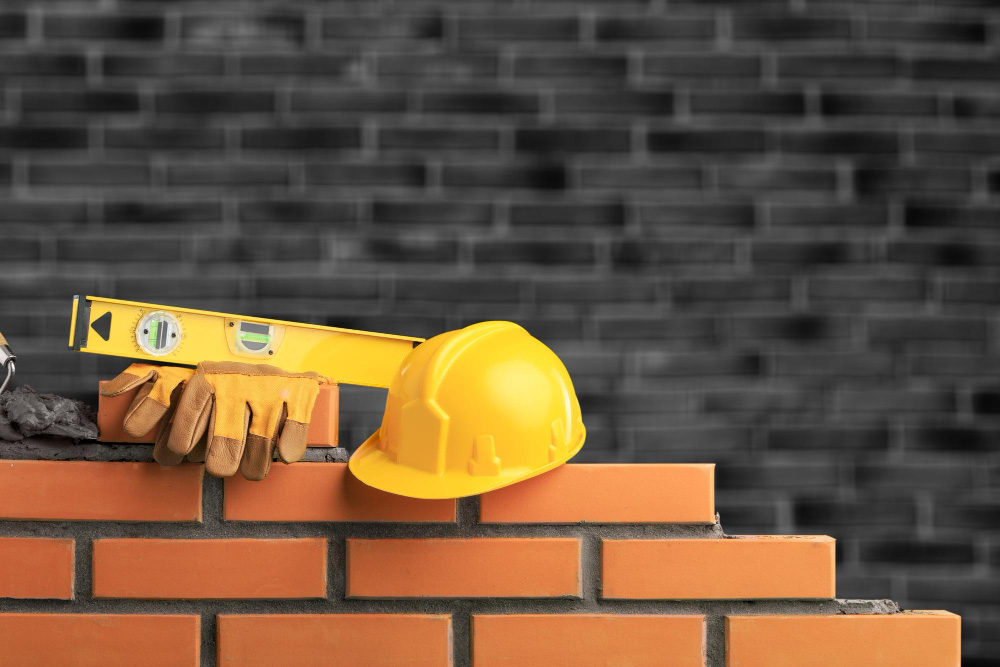The construction industry is undergoing a significant transformation, driven by the increasing need for sustainability and innovative approaches. Traditional materials like concrete and steel are being complemented—and in some cases replaced—by more eco-friendly, recyclable, and advanced alternatives. This shift not only aims to reduce the environmental impact of construction but also to create longer-lasting and more efficient structures. In this article, we will explore some of the most promising and innovative construction materials that are shaping the future of the industry.
1. Cross-Laminated Timber (CLT)
Cross-laminated timber (CLT) is an engineered wood product that is gaining popularity as a sustainable alternative to steel and concrete. Composed of layers of timber glued together at right angles, CLT offers strength, durability, and flexibility. It is particularly valued for its low carbon footprint since it sequesters carbon during the growth of trees and produces fewer emissions during manufacturing compared to traditional materials. CLT is also fully recyclable and biodegradable, making it an excellent option for eco-friendly construction projects.
2. Recycled Plastic Bricks
Recycled plastic bricks are emerging as a sustainable solution to reduce waste and minimize the use of conventional building materials. These bricks are made by compressing discarded plastic waste into durable building components. Not only are they lighter than traditional bricks, but they also provide excellent insulation properties. Additionally, recycled plastic bricks help reduce the amount of plastic waste that ends up in landfills, contributing to the circular economy and waste management efforts.
3. Graphene Concrete
Graphene, a material known for its extraordinary strength and flexibility, is being incorporated into concrete to create a new composite material known as graphene concrete. This innovative material offers superior strength and durability compared to traditional concrete, while requiring less material. Graphene concrete also has enhanced water resistance and can reduce the carbon footprint of construction projects by extending the lifespan of buildings and minimizing the need for repairs and replacements.
4. Mycelium-Based Materials
Mycelium, the root structure of fungi, is being explored as a biodegradable and renewable building material. Mycelium-based materials are lightweight, fire-resistant, and offer excellent thermal insulation. They can be grown into specific shapes, reducing the need for cutting and processing, and are fully compostable at the end of their life cycle. This makes mycelium an attractive option for sustainable construction, particularly in projects focused on minimizing environmental impact.
5. Ferrock
Ferrock is a carbon-negative material made from waste steel dust and silica. When mixed with carbon dioxide, it forms a durable, rock-like material that is stronger than traditional concrete. The production of Ferrock actively absorbs CO2, making it a highly sustainable building material. It is ideal for use in foundations and other structural components that require high compressive strength. Ferrock’s ability to sequester carbon and its use of industrial waste materials contribute to its environmental benefits.
6. Recycled Glass Concrete
Another innovative material gaining traction is recycled glass concrete. This material is made by incorporating ground-up glass into traditional concrete mixtures, which not only reduces the amount of waste glass but also enhances the strength and durability of the concrete. Recycled glass concrete has improved thermal properties and can be used in various applications, from pavements to structural walls. By diverting glass waste from landfills, this material supports sustainable building practices.
Conclusion
The future of construction lies in the adoption of innovative and sustainable materials. From cross-laminated timber and graphene concrete to recycled plastic bricks and mycelium-based materials, the construction industry is shifting toward environmentally responsible practices. By embracing these recyclable and advanced materials, the industry can reduce its environmental footprint while creating durable and efficient structures. As research and development in construction materials continue to evolve, we can expect even more groundbreaking solutions that will transform the way we build.






